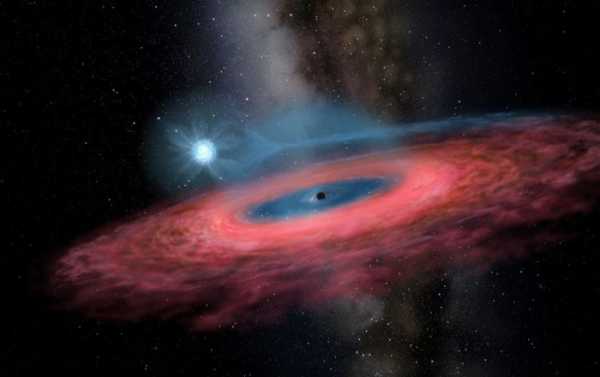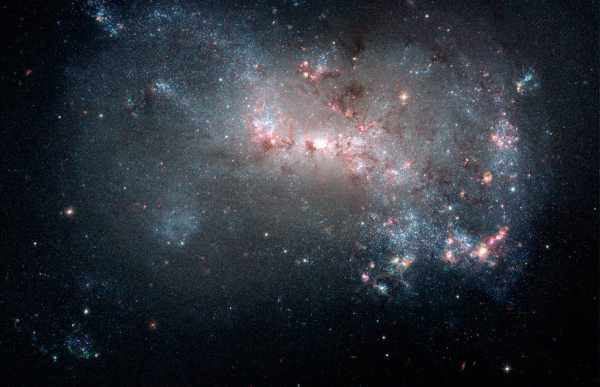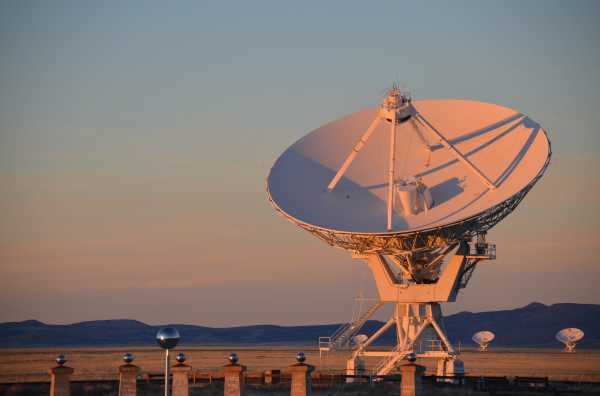
Born shortly after the Big Bang, supermassive black holes have perplexed astronomers for years, as they puzzle over how the cosmic monsters with masses millions or billions of times larger than the sun came into being.
Scientists may be one step closer to finding out how supermassive black holes with masses millions or billions of times larger than the sun came into being, as new observations have revealed an amazing discovery presented at the American Astronomical Society’s meeting in Honolulu, Hawaii, on 4-8 January, 2020.
A lot about the formation of black holes remains a mystery, particularly when it comes to the initial masses of the progenitors, or “seeds”, of supermassive black holes. The “seed” black holes that might exist in the Universe are too far away to offer any clues.
So a team of scientists puzzling over the mystery identified 13 dwarf galaxies within a billion light year radius of the Earth that they say “almost certainly” harbor a black hole.
According to the study, A New Sample of (Wandering) Massive Black Holes in Dwarf Galaxies from High Resolution Radio Observations, still awaiting peer review, published in pre-print last year, the astronomers unexpectedly came across black holes “wandering” in dwarf galaxies in the process.

Dwarf Galaxy
Dwarf galaxies, with masses approximately 100 times smaller than the Milky Way, are thought to be some of the smallest in the Universe to possess black holes.
The black holes themselves have been estimated to have masses that are around 400,000 times the size of the sun.
The study identified over a hundred dwarf galaxies from the NASA-Sloan Atlas – a galaxy catalogue.
These were subsequently observed using high-resolution images from the Karl G. Jansky Very Large Array (VLA) – a centimetre-wavelength radio astronomy observatory located in central New Mexico.

Very Large Array Radiotelescope
Reine and his colleagues then narrowed the list down to the 13 dwarf galaxies they believed offered the strongest evidence for hosting massive black holes actively consuming the material around them.
In about half of these, the black hole was not at the centre, with many significantly off-from-centre.
This positioning is highly unusual in larger galaxies like the Milky Way but more common in dwarf galaxies.
In fact, according to the study’s authors, as many as half of massive black holes in dwarf galaxies are considered “wandering” and are located on the outskirts of the galaxy, suggesting that the galaxies had once merged with another, knocking the black hole off-centre.
Sourse: sputniknews.com






